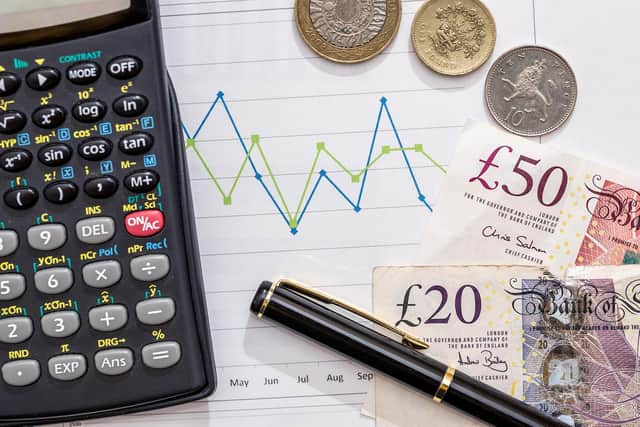Do I pay tax when I sell a painting? Gareth Shaw
Gareth says…
You’re entering the world of capital gains tax here – the tax you pay when you make a certain amount of profit on an item you’ve sold. Capital gains tax doesn’t apply to every asset, but I’ve talked about it a lot in the pages of this column over the years – mostly in relation to shares and property.


For example, furniture, paintings, antiques, crockery and china, collectible sets, libraries of books or matching ornaments are all subject to capital gains tax.
Advertisement
Hide AdAdvertisement
Hide AdBut then items such as private cars are exempt (unless used for business purposes), and HMRC considers ‘wasting assets’ – items with an expected life of less than 50 years – to also be exempt.
This can include items such as caravans or wine, although some fine wine can be stored for very long periods which might make it taxable.
Another key thing to remember is that every individual has a capital tax free allowance - an amount of profit they can make when they sell an asset that remains untaxed.
In the current 2021-22 tax year, this is £12,300. You’ll pay tax on anything from about that amount.
Advertisement
Hide AdAdvertisement
Hide AdThis is where capital gains tax on possessions diverges slightly from conventional assets.
Your item will only be subject to the tax if you sell it for more than £6,000. Sales under this amount are non-taxable.
The rate you pay will depend on your marginal tax rate – if you’re a basic-rate taxpayer, you’ll pay capital gains tax of 10 per cent; if you’re a higher or additional-rate taxpayer, you’ll pay 20 per cent.
However, if the sale price of your item is between £6,000 and £15,000, there’s a quirky rule you’ll encounter.
Advertisement
Hide AdAdvertisement
Hide AdYou’ll either pay tax on the actual gain that you made or for 5/3rds (or 1.667) of what you sold it for, less £6,000.
It’s a bit of a head-scratcher. You can choose which is the lower, and pay tax on that amount.
It’s probably worth running through an example of that, as your expected sale price looks close to this amount.
Let’s say you sold your painting for £15,000 and you originally bought it for £5,000. That leaves you with £10,000 profit. Alternatively, using the 5/3rds method, you would multiply £9,000 (your £15,000 sale price less £6,000) by 1.667, which is £15,000. So calculating your capital gains tax the standard way would make the most sense.
Advertisement
Hide AdAdvertisement
Hide AdYou can further reduce your bill by deducting expenses, such as valuation and marketing fees.
You can report capital gains to HMRC via the Report Capital Gains Tax online service from the government.
Support The Yorkshire Post and become a subscriber today.
Your subscription will help us to continue to bring quality news to the people of Yorkshire. In return, you'll see fewer ads on site, get free access to our app and receive exclusive members-only offers.
So, please - if you can - pay for our work. Just £5 per month is the starting point. If you think that which we are trying to achieve is worth more, you can pay us what you think we are worth. By doing so, you will be investing in something that is becoming increasingly rare. Independent journalism that cares less about right and left and more about right and wrong. Journalism you can trust.
Thank you
James Mitchinson
